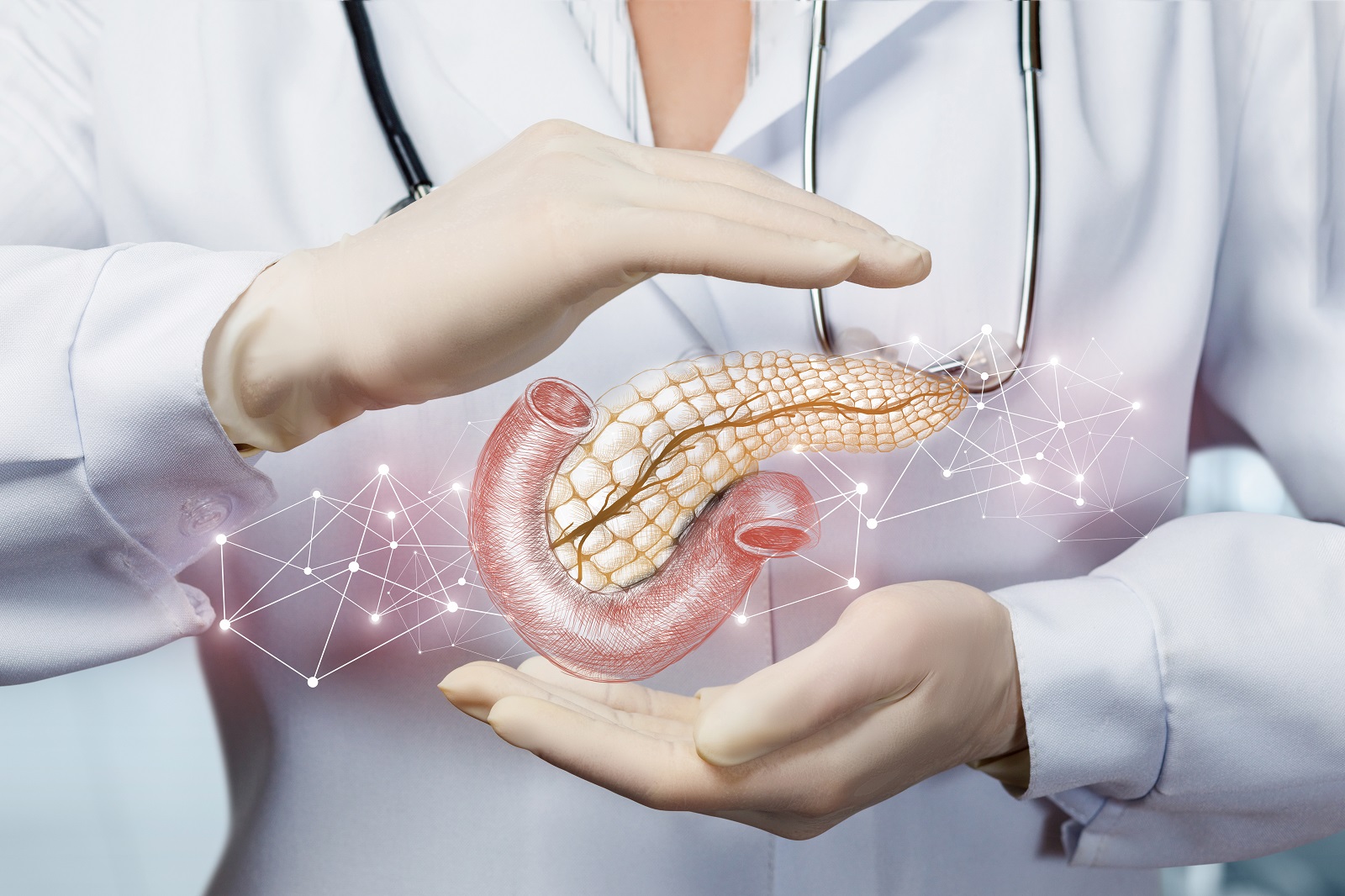Pancreatic cancer is a condition where pancreatic cells grow beyond their limits and grow into a tumor. It is among the most fatal forms of cancer with 5-year survival rates of only 10 percent. This article will discuss the indications, causes, treatment options, as well strategies to reduce the chance of developing pancreatic cancer.

The Reasons
While the cause of pancreatic disease is unknown, However, several risk factors have been discovered. The primary risk factor is smoking. Smokers are two to three times more likely than those who do not smoke to develop pancreatic cancer. Other risk factors are age, the history of family members with pancreatic cancer and obesity, chronic pancreatitis, and genetic mutations.
The signs
It is typical that pancreatic cancer does not show symptoms until its early stage. This makes it hard to recognize. It can cause symptoms like:
Abdominal pain radiating to the back
Weight loss and appetite reduction
Jaundice causes yellowing in the eyes and skin.
Nausea and vomiting
Fatigue
These symptoms must be reported to your doctor immediately. It is essential to detect the symptoms early for effective treatment.
Diagnosis
A range of tests may be requested by your physician when they suspect that you suffer from a pancreatic disease. This could include imaging tests, such as CT scans or MRI scans.
Treatment
The treatment of pancreatic cancer depends on the stage of cancer as well as the general health of the patient. The most common treatment options comprise chemotherapy, surgery, and radiation treatment.
Surgery is the most common treatment for pancreatic cancer particularly if the tumor is located within the pancreas head. The goal of surgery is to remove any tumors or surrounding tissues which could be containing cancer cells. Surgery may not be feasible in the case of a tumor that is in the body or tail of the pancreas.
Chemotherapy is a form of treatment for cancer that uses chemotherapy drugs to destroy cancerous cells. It is usually used in conjunction with radiation therapy or surgery. Chemotherapy can be administered by mouth as well as intravenously. It can result in adverse effects, such as nausea, vomiting, and hair loss.
Radiation therapy is a highly-energy radiation treatment that kills cancer cells. Radiation therapy can be used in conjunction with chemotherapy or surgery. The radiation therapy may cause discomfort to the skin as well as fatigue.
Reducing your risk
While there is no sure way to prevent pancreatic carcinoma, however, there are ways you can decrease your risk. They include:
Stopping smoking cigarettes: If smoke, quitting is the most important thing you could do to decrease the chance of developing pancreatic cancer.
Maintaining a healthy weight: Obesity is a risk factor for pancreatic cancer, so maintaining the right weight can lower the chance of developing.
Eating a healthy diet: Eating a diet rich in fruits, vegetables, and whole grains could help reduce your risk of pancreatic cancer.
Limiting alcohol intake: A higher risk of developing pancreatic cancer has been associated with drinking a lot of alcohol.
Managing chronic conditions: If you have an ongoing condition, such as pancreatitis or diabetes, collaborating with your doctor in managing the condition will help lower your risk.
Pancreatic cancer can be fatal and must be treated immediately. It is vital to seek immediate medical attention if you have any symptoms of pancreatic cancer. You can manage your health by being aware of the dangers and taking steps to decrease your risk of contracting the deadly disease.
For more information, click pancreatic cancer donation